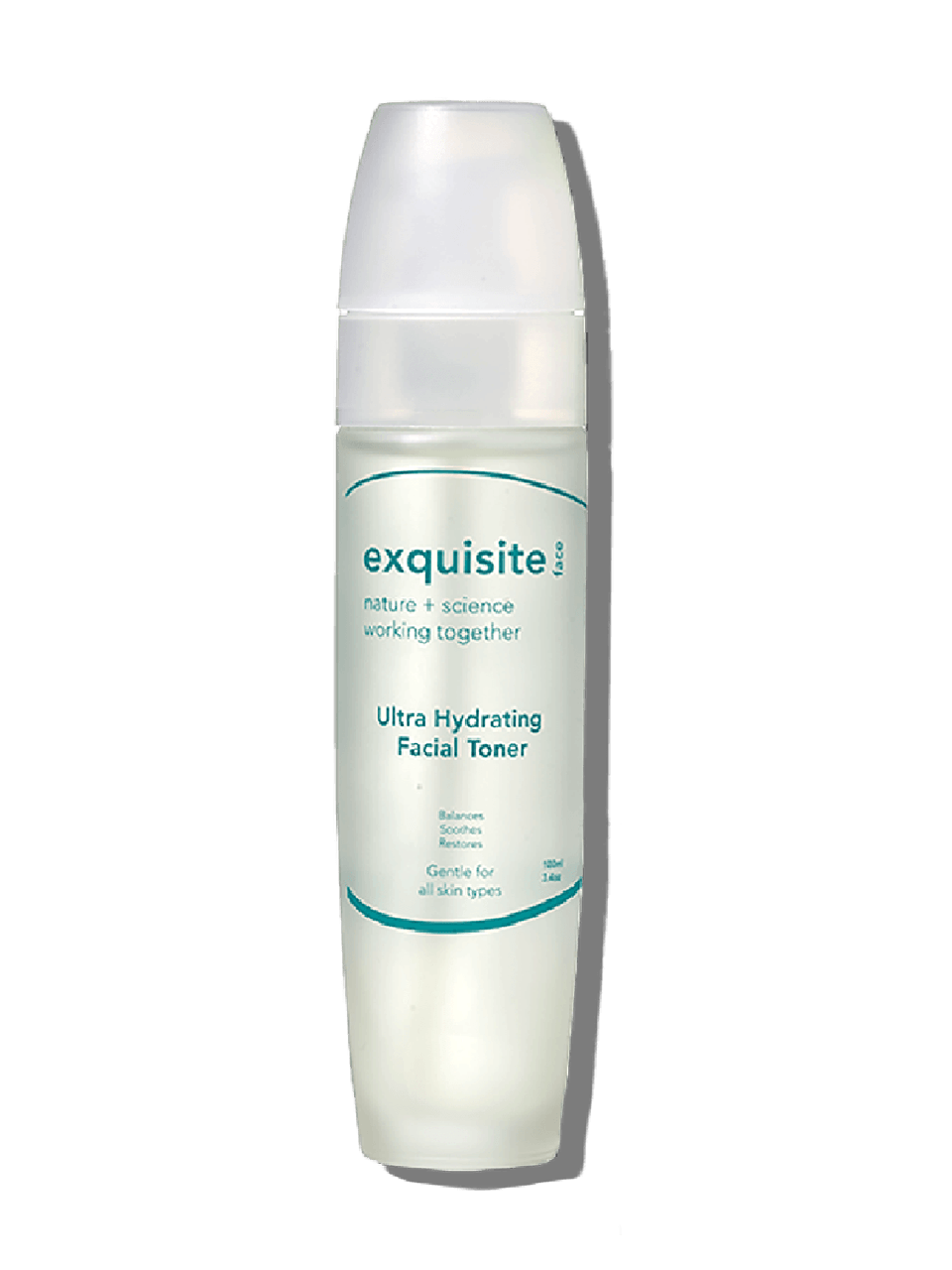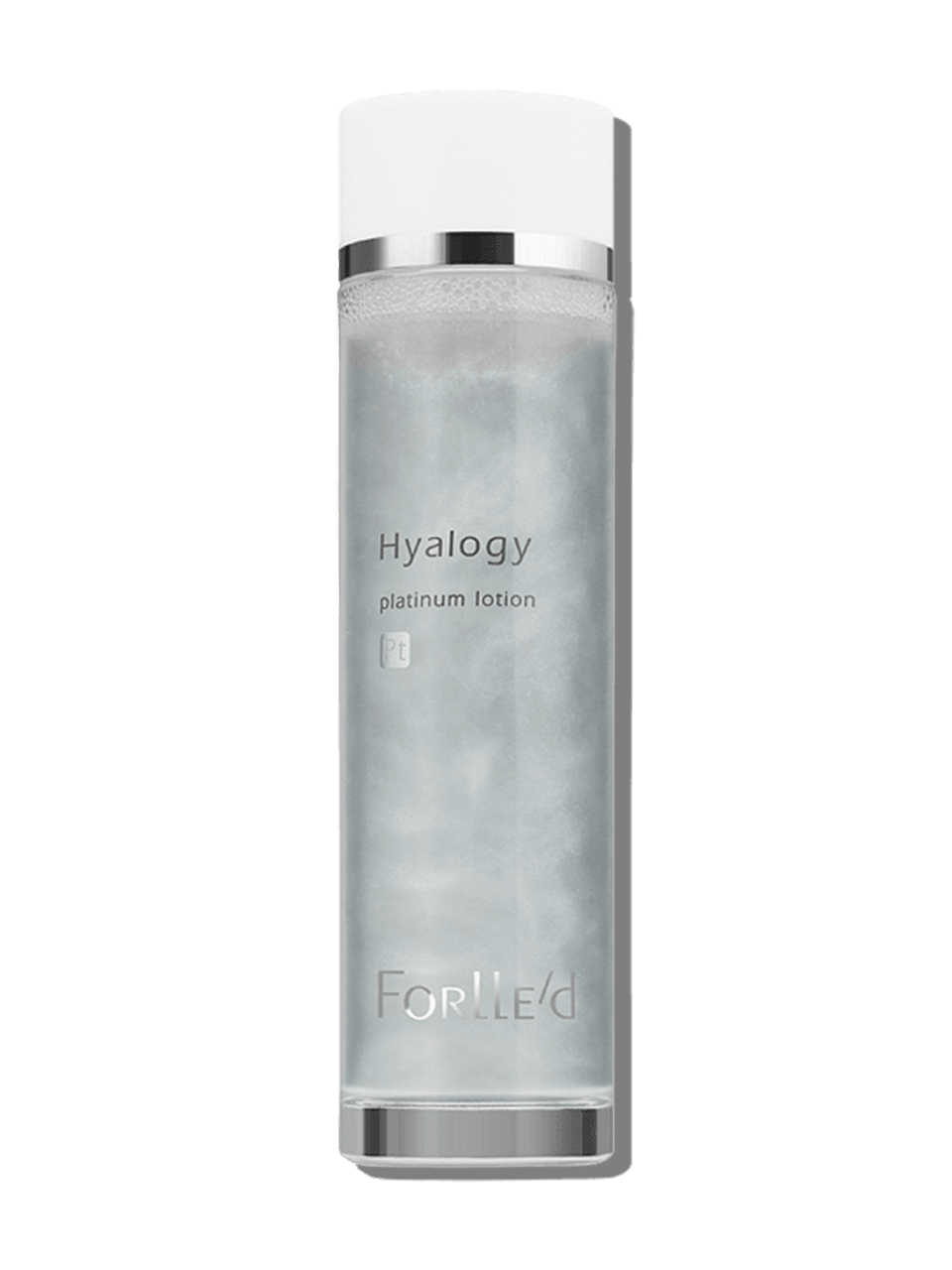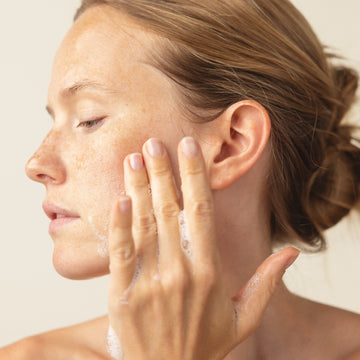The Role of pH in Skincare: Balancing Act for Healthy Skin

An effective skincare routine begins with the proper pH. Often neglected, the pH of our skin is an incredibly important factor that we don't talk about enough. When levels are off, it can lead to an imbalance in the lipid layer, causing a cascade of unpleasant effects.
Various elements such as pollutants, detergents, cleansers, sudden weather changes, and even water can disrupt the pH balance. Maintaining the right pH is a critical and often overlooked factor in achieving optimal skin health, as it plays a fundamental role in preserving the skin barrier, regulating skin functions, and promoting a vibrant and radiant complexion.
What is pH in skincare?
The skin is the largest organ of our body and acts as a protective barrier against external threats, such as bacteria, pollutants, and UV radiation. A key factor to a healthy complexion lies in the delicate balance of the skin's pH. The pH level determines the acidity or alkalinity of a substance in comparison to the pH of distilled water, which is neutral with a pH of 7.0. On a scale of 0-14, anything below 7.0 is considered acidic, and anything above 7.0 is considered alkaline or basic. The pH scale influences various skin functions, and any disturbance in this balance can lead to a variety of skin issues. Here is how maintaining the right pH contributes to the skin's overall health and appearance.
Preserving the Skin Barrier:
The skin's natural barrier, often referred to as the acid mantle, is slightly acidic, with a pH typically ranging from 5 to 6. This acidity is crucial for warding off harmful microorganisms and maintaining optimal hydration. Disrupting this pH balance weakens the barrier, making the skin more susceptible to infections, dryness, and environmental damage.
Regulating Skin Functions:
The skin's pH influences the activity of enzymes and biochemical reactions that occur on the skin's surface. Deviations from the optimal pH range can hinder these processes, leading to issues such as inflammation, acne, and premature aging. Maintaining the right pH is essential for promoting a harmonious environment that supports the skin's natural functions.
What is the impact of pH on skin health?
PH influences the skin's ability to retain moisture. Therefore, long-term imbalance in pH can lead to chronic dryness and inflammation. Anti-inflammatory skincare is a hot topic, but the process needs to start with the proper pH of the skin. If the levels are off, it can trigger a series of skin conditions.
-
Acne: Imbalanced pH levels can weaken the skin's natural defenses, making it more prone to acne bacteria growth. Maintaining an acidic environment is crucial in preventing breakouts.
-
Dryness: A shift in pH towards alkalinity can compromise the skin barrier (lipidic layer), resulting in increased water loss and dry skin. Increased skin sensitivity and inflammation follow, sometimes even causing wrinkles and sagging.
- Sensitivity: The skin's pH influences its sensitivity to external stimuli. An imbalance, whether too acidic or too alkaline, can lead to heightened sensitivity, making the skin more prone to redness, irritation, and inflammation.
pH in Skincare Products
The pH in skincare products influences their effectiveness and compatibility with the skin. These common ingredients can affect pH levels.
-
AHAs and BHAs:Beta hydroxy acids (BHA) and alpha hydroxy acids (AHA) are frequently used in skin care products for their exfoliating properties. These acids, such as salicylic acid (BHA) and glycolic acid (AHA), tend to lower the pH of formulations. While their acidic nature contributes to effective exfoliation, it’s important not to overdo it to prevent potential irritation. For example, low-pH products like Biologique Recherche Lotion P50 aid in cell turnover and reconstruction of the epidermal shield. However, given their strength, they should only be used once a day at night..
-
Sunscreen: The cornerstone in skincare routines for protecting against UV radiation, often contains inorganic or organic UV filters. Some inorganic filters, like zinc oxide or titanium dioxide, can elevate the pH of a formulation. It becomes imperative for skincare formulators to strike a delicate balance, ensuring the sunscreen's efficacy in UV protection while maintaining an optimal pH to guarantee skin comfort and compatibility.
- Cleansers: When we cleanse, our pH balance can get thrown off. Even though our skin may be clean after cleansing, it may not be at its optimal pH level. When our skin produces excess oil, it becomes acidic. Facial cleansers have a “basic” pH level to combat this acidic, oily skin. However, these can make the skin a bit dry, and if a moisturizer is skipped, the skin will become dehydrated. Toners can help balance out the skin's dry and more alkaline state. And in the end, when your skin is pH balanced, products tend to absorb better. We will be discussing more about toners in detail next.
Tips for Balancing pH in Your Skincare Routine
Exposure, what we eat and drink, travel, and sudden weather changes can cause fluctuations in skin pH. But why not help maintain it topically?
I firmly believe in the use of pH-controlling toners to help balance the skin's pH. However, toners are often misunderstood and underutilized. They play a crucial role in your skincare routine by preparing your skin to effectively absorb moisturizers and serums. Toning after cleansing helps restore the skin's natural state and allows for efficient absorption of these products. Toners can repair, hydrate, balance, and smooth the skin's surface, and they can be used for all skin types.
Toners may be called lotions, essences, or mists, and the differences are usually consistency. The one thing to note when choosing one is to avoid alcohol-based products, which can be dehydrating.






